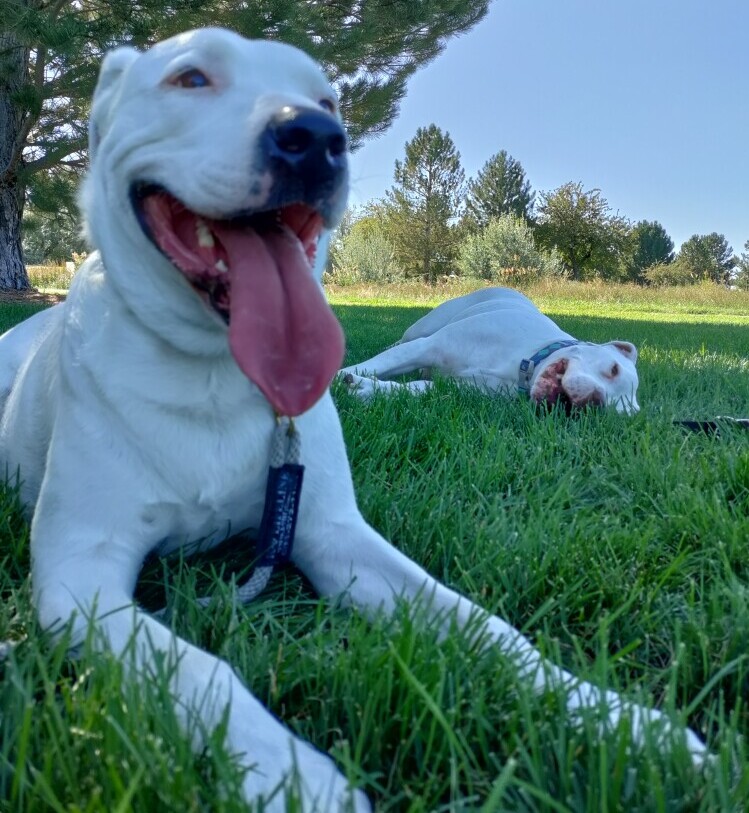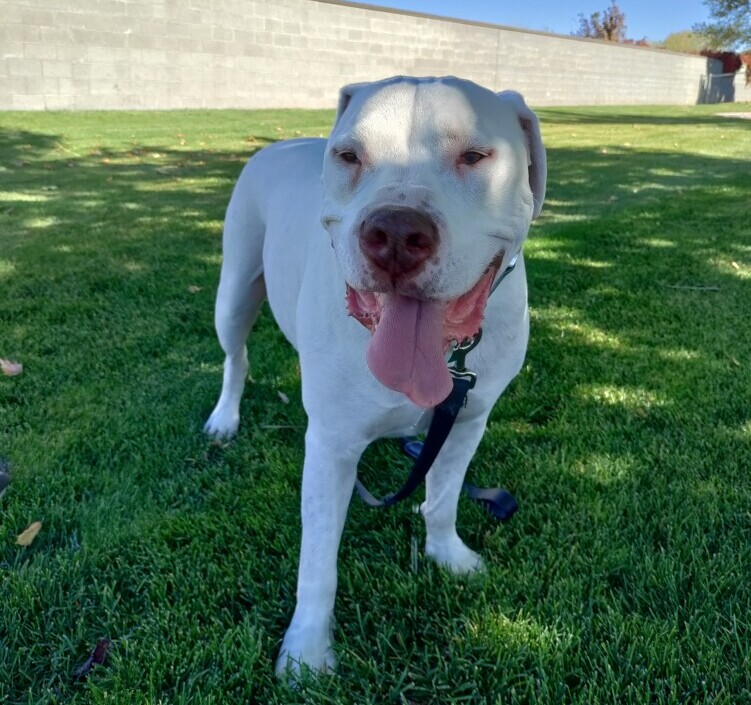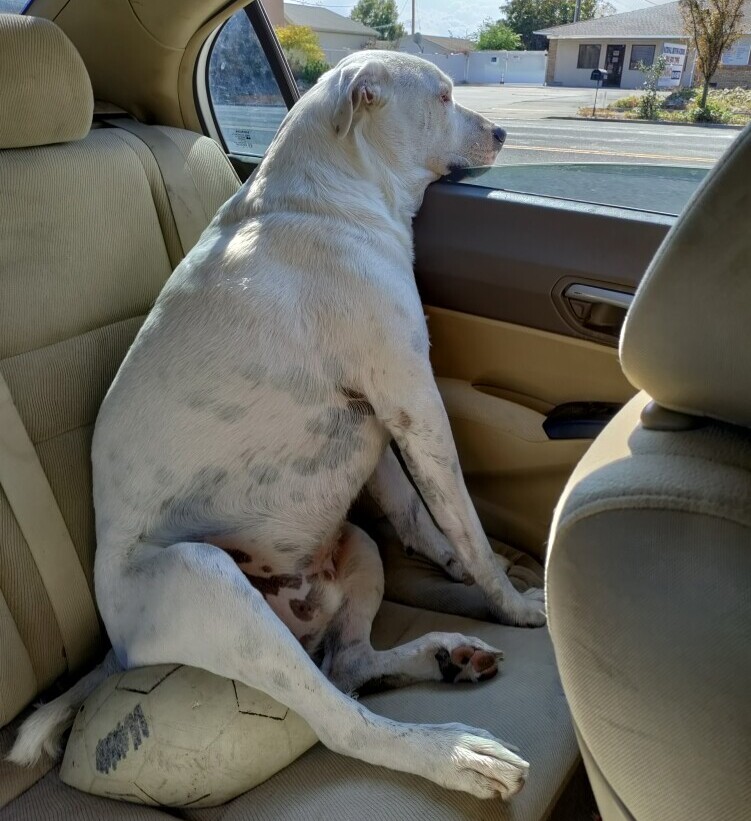Beyond Commands: Building Trust With Your Rescue Dog
Building a bond with a rescue dog requires going deeper than just teaching basic commands like “sit” and “stay.” Rescue dogs often have unique backgrounds that shape how they respond, how comfortable they feel, and how quickly they learn to trust new people. Over the years, I’ve realized that giving them the time and patience they need is the real secret to helping a rescue dog feel secure and ready for a fresh start.
Understanding Your Rescue Dog’s Needs and Background
Rescue dogs often have stories we may never fully know. Some have faced neglect, others just had too many homes, and a few may have never experienced a steady environment. This background can affect how they react to new surroundings, how they deal with strangers, or how they adapt to routines. Digging into your rescue dog’s story, if possible, and picking up on signs of fear, nervousness, or excitement, can make a massive difference.
For example, my first rescue was skittish around loud noises and quick movements. I learned that patience and a gentle approach made it easier for him to settle into a calmer environment. It’s often the small cues—like a tucked tail, lowered ears, or even frequent yawning—that show you how your dog is feeling. These details help you spot whether they’re anxious, tired, or just overstimulated.
Each rescue is unique, which is why it’s so important to check out their behaviors rather than assume you know their triggers. If possible, asking the shelter or prior caregivers about their history can give you a starting point to better understand them. Even if you don’t know all the details, your willingness to observe and adjust goes a long way for their comfort.
Taking the First Steps Toward Trust
During the early days, I always focus on gentle introductions and letting the dog adjust at their own pace. Adjusting to a new home is a major change for rescues who may have only known shelters. I usually give them a safe spot, like a crate, bed, or a quiet corner, where they can retreat if things get too overwhelming. Keeping the routine simple and avoiding too many visitors helps prevent added stress.
Rather than crowding a new rescue dog, I just spend time near them, letting them get used to my voice and presence. If they peek out or approach, I quietly reward those brave steps. I’ve found that praising even little acts of curiosity, such as a single step closer or softening their body, helps them connect you with positive experiences.
Communicating in a Way Rescue Dogs Understand
Communication goes beyond spoken commands. Listening is crucial. I use a soft voice and keep my movements calm and slow so the dog doesn’t feel threatened. Making gentle eye contact—avoiding a hard stare—and using inviting gestures adds to their comfort level.
Every rescue learns at a different pace. I try to use consistent phrases and signals, which add to a feeling of predictability. For instance, every time I call “come” with the same happy tone and hand gesture, it gives my dogs confidence, making new routines less scary.
- Calm, Repetitive Actions: Saying the same words and using the same gestures lets your dog know what’s coming.
- Gentle Body Language: Moving steadily and staying at your dog’s level can help calm their nerves.
- Positive Reinforcement: When your dog does something brave or positive, rewards like treats, gentle petting, or calm praise build good associations.
Learning how your dog reacts to different sounds, tones, or gestures helps build communication. Sometimes, it’s the little routines, like a “good morning” greet or a hand signal for dinnertime, that boost their sense of security.
Overcoming Challenges Unique to Rescue Dogs
Rescue dogs can face obstacles not as common in dogs from stable backgrounds. Issues like fearfulness, resource guarding, reactions to sudden noises, or avoidance of human touch come up regularly. I’ve had to get creative and patient with each new dog, understanding that baby steps are still steps forward.
- Fear or Shyness: It has always helped to respect my dog’s space, allowing them to approach me at their own pace, without forcing interaction.
- Resource Guarding: Instead of taking away food or toys abruptly, I gradually build trust by offering treats or trading up, showing the dog that good things happen when I’m nearby.
- Sensitivity to Touch: By keeping touch light and brief, and combining it with tasty treats, my rescues learned that being touched can be enjoyable and safe.
Fear or Shyness
One of my rescues spent the first week hiding behind a couch. I’d sit on the floor, read softly, and leave treats within reach. Over the next few days, she made small advances—first peeking out, then moving a step closer, until one day she let me scratch her chest. This slow but persistent method built her trust in quiet, positive steps.
Resource Guarding
Resource guarding tends to lessen as a rescue dog’s confidence increases. I use calm approaches, trade treats for toys, and never surprise them by grabbing. Eventually, most dogs stop worrying when they see I’m not a threat to their favorite items, but instead, someone they can rely on for even better things.
Sensitivity to Touch
For some rescues, petting is new and intimidating. I find starting with gentle chin or chest scratches makes them more comfortable than going for the top of the head. By observing which touches make them relax, I can adjust and build up their trust gradually.
Daily Routines That Build Confidence
 Predictable routines do wonders for scared or uncertain dogs. I always keep feeding times consistent, offer daily walks in quiet areas, and make sure there’s time for relaxation. These simple structures help rescue dogs predict what’s next, easing anxiety and paving the way for learning house rules without confusion.
Predictable routines do wonders for scared or uncertain dogs. I always keep feeding times consistent, offer daily walks in quiet areas, and make sure there’s time for relaxation. These simple structures help rescue dogs predict what’s next, easing anxiety and paving the way for learning house rules without confusion.
- Consistent Feeding Times: Meals on a steady schedule give a sense of safety and help with training.
- Short, Positive Walks: Starting in calm areas and gradually exploring new places lets your rescue dog build confidence step by step.
- Regular Relax Time: Dogs need downtime; a quiet routine helps them unwind and recharge.
By sticking to a rhythm, my dogs learn that I’ll meet their needs every day, which slowly creates a bond rooted in trust.
Trust Exercises to Try With Your Rescue Dog
Beyond solid commands, I like introducing trust-building games and gentle handling exercises that turn everyday moments into bonding opportunities. These activities make training more fun and bring us closer together.
- Hand Feeding: Feeding treats or even kibble directly from my palm makes my hands a source of good things, not something to fear.
- Soft Eye Contact Games: I reward gentle eye contact with high-value treats, building a positive connection that helps with later training.
- Find-It Games: Hiding snacks or toys in a small area lets your dog search and discover in a stress-free environment. It boosts their confidence and curiosity.
- Gentle Handling: Slowly introducing touch—brushing, gentle paws or ear checks—teaches the dog that these interactions aren’t scary and can even be enjoyable.
These trust activities not only ease handling for vet visits and grooming but also create an ongoing dialogue between you and your rescue dog.
Recognizing Progress, Big and Small
Progress isn’t always dramatic. It might look like a tail wag at breakfast, a nap at your feet, or an eager look when you pick up the leash. Along the way, I celebrate every win, no matter how small—like my rescue’s first calm greeting or the first time she rolled over for a belly scratch.
I also keep an eye on what seems to unsettle my dog so I can adjust and help them progress at their own pace. Journaling about these moments creates a chart of victories and challenges, reminding me how far we’ve come together.
Common Questions About Bonding With Rescue Dogs
Here are some common questions from those starting their adventure with a rescue:
How long does it take to build trust with a rescue dog?
Answer: All dogs are different. It might be days for some and months for others. The key is moving at your dog’s pace, keeping things positive, and noticing when your dog is comfortable with new steps.
What should I do if my rescue dog doesn’t seem interested in bonding?
Answer: In these cases, I recommend slowing down and focusing on low-pressure time together. Try different treats or toys to track down what excites them, and avoid overwhelming situations. For persistent concerns, reaching out to a trainer or behaviorist familiar with rescue dogs can give you personalized advice and reassurance.
Can I ever fully trust a rescue dog with people or other animals?
Answer: Many rescue dogs flourish into trustworthy, loving companions with time and support. Proper, gradual introductions are helpful for new people or fellow pets, and supervision is always smart, especially during early interactions.
Bringing It Together: Moving Forward With Your Rescue Dog
 Building trust with a rescue dog is a rewarding adventure that extends far beyond commands and obedience drills. Through patience, consistency, and care, I’ve seen dogs who once cowered grow into happy, loving family members. Trust is built in small moments, everyday kindness, and by showing up—time and again—no matter how wobbly the start may be.
Building trust with a rescue dog is a rewarding adventure that extends far beyond commands and obedience drills. Through patience, consistency, and care, I’ve seen dogs who once cowered grow into happy, loving family members. Trust is built in small moments, everyday kindness, and by showing up—time and again—no matter how wobbly the start may be.
If you’re just beginning with a rescue dog, remind yourself that each tiny step matters. The process is full of lessons and sometimes frustrations, but every bit of progress deepens the bond that makes all the effort so meaningful. Stick with it, celebrate even the smallest progress, and watch your rescue dog blossom into their best self. If you found this helpful you might also like this related post.
